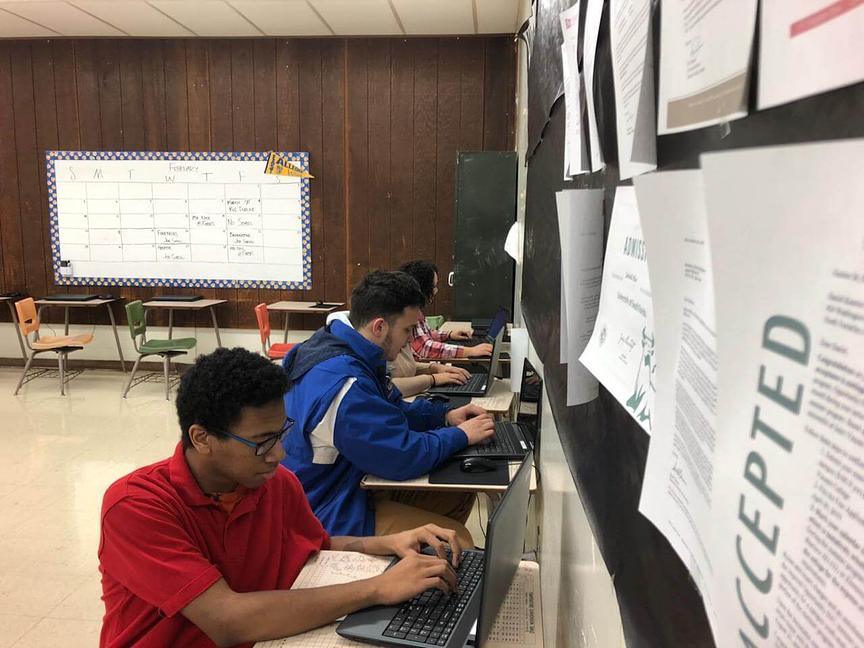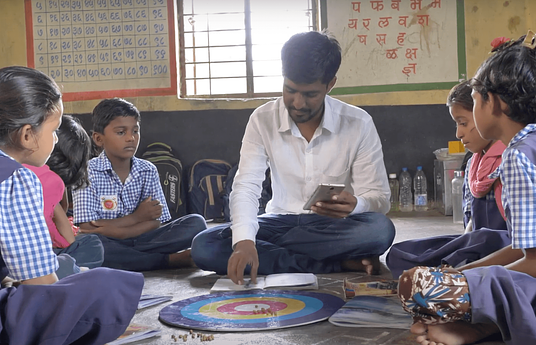The Emerging Leaders Program (ELP) provides a comprehensive experience for seniors in high school. The curriculum is developed by the staff team to include many evidence based resources, and is constantly evolving based on the needs of the students each year. Specifically, each student can expect group sessions on relevant topics, consistent one-on-one meetings to address any student needs, career exploration guidance, assistance with FAFSA and college application completion, job shadows in their area of interest, instruction in building a resume, a mock job interview, help with senior projects, financial aid package review and advice, referrals to outside agencies and programs as necessary, and mentoring.
ELP is offered in 5 school districts (East Allegheny, McKeesport Area, Penn Hills, West Mifflin Area, and Woodland Hills) that have a high population of low income families, minorities, and students that are statistically less likely to pursue higher education. Recent data from Allegheny County shows that students from these high poverty communities are far less likely to attend college than their wealthier counterparts. According to this data, only two of every five adults in these communities will attend college at all, a far cry from 91% of college attendees in higher income neighborhoods. Students from these low income communities do not have knowledge of the college application process, which industries are in high-demand, and what their options are after high school. ELP alleviates these barriers by providing students with the information and guidance they need in order to make informed decisions about their future.
Emerging Leaders has productive partnerships, making our efforts much more cohesive in comparison to some of our peers in the field. All 5 schools allow our staff to carry out ELP daily in their buildings, provide space, computers, and staff interactions with students as much as needed which is another innovative aspect of our program collaboration with the schools. The ELP staff have a unique relationship with the students because they are allotted more time and personal interaction with each ELP student than the teachers and guidance counselors have daily. The staff develop excellent rapport with the participants and are able to give the student much more one on one attention than school personnel can throughout the week. This essentially helps alleviate the responsibilities the school counselors have for the ELP students and guidance can shift their focus to the 200+ students that are not receiving ELP services.
An extensive amount of time and energy is put towards offering all 155 high school seniors at least one informational interview and/or job shadow with a professional in the field of their interests. Staff spend a significant amount of time researching and networking with companies and professionals from all industry sectors to continually add and improve our contacts. Students are taken on college visits and job tours to places such as UPMC McKeesport Hospital, the Medical Examiner's Office, Duquesne Light, Tucker Law, and Deloitte among so many others throughout the year.



